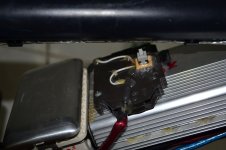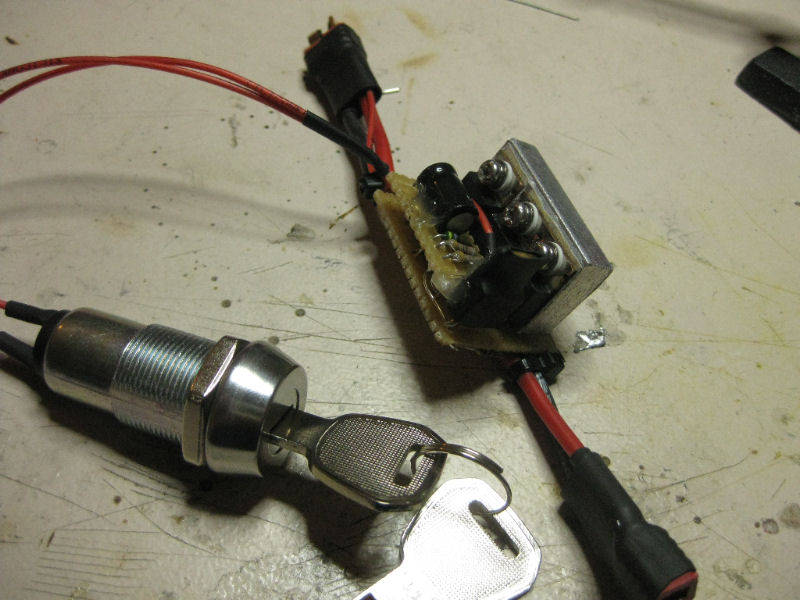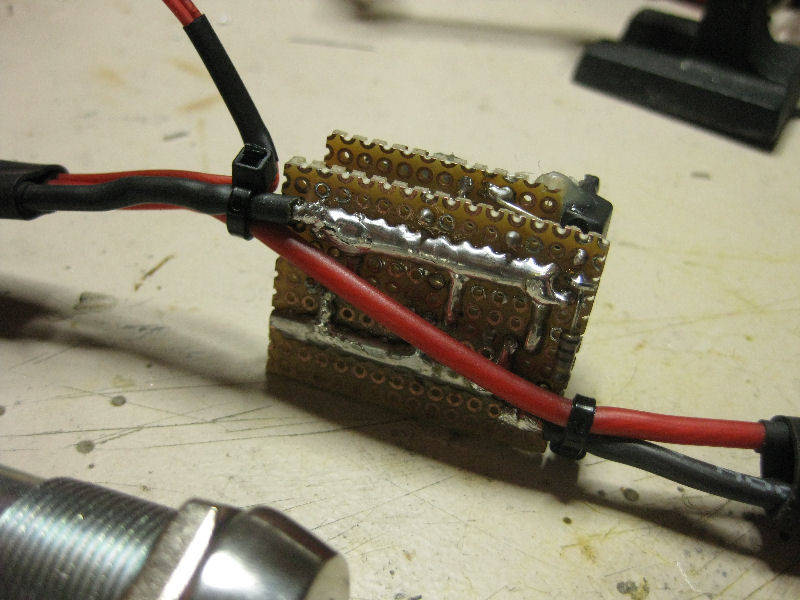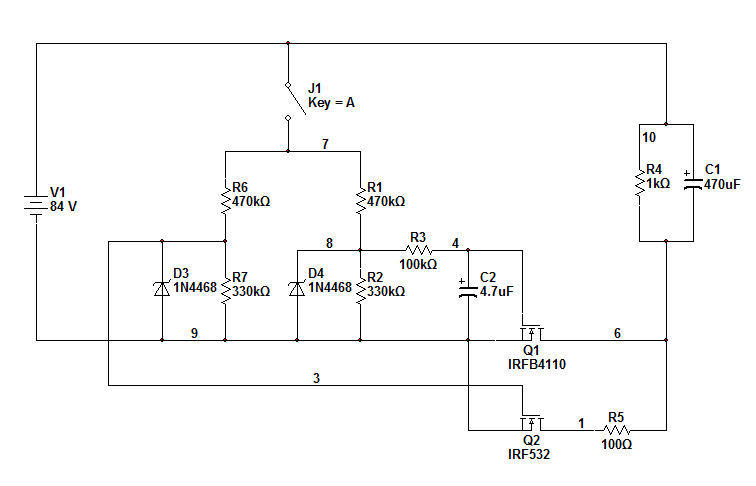I'm just coming to the end of my first ebike build and have a couple of battery connection/power questions: -
1. I am connecting 4 SLA's to give me 48v, when I make the final connection I get a reasonable arc over from battery terminal to connector. Is there a way of preventing this as I'm concerned about controller/me damage
2. I don't have an on/off switch in the curcuit so the system is permanently live (controlled by throttle), I appreciate that the system won't draw power when idle but wonder if this is good practice? I have considered installing a battery cutout switch similar to the ones that competition cars have to cut power but don't know if this is required/reasonable. I don't have a huge amount of space for relays and switches.
Any help much appreciated.
1. I am connecting 4 SLA's to give me 48v, when I make the final connection I get a reasonable arc over from battery terminal to connector. Is there a way of preventing this as I'm concerned about controller/me damage
2. I don't have an on/off switch in the curcuit so the system is permanently live (controlled by throttle), I appreciate that the system won't draw power when idle but wonder if this is good practice? I have considered installing a battery cutout switch similar to the ones that competition cars have to cut power but don't know if this is required/reasonable. I don't have a huge amount of space for relays and switches.
Any help much appreciated.






